



The initial step involves gathering the right materials: a bucket, mild soap, a soft brush, and several microfiber towels. This combination will allow you to effectively tackle the caked-on grime and clarify the shiny parts of your machine without resorting to high-pressure methods.
Firstly, fill the bucket with warm water and add a suitable detergent. This solution will help in breaking down the dirt that clings stubbornly to your ride. Dip the soft brush into the soapy water and start scrubbing from the top, working your way downwards. This approach prevents the filth from dripping onto already cleaned areas.
After applying the soapy mixture, rinse the machine with a gentle stream of water from a hose. Ensure to avoid any high-pressure setting that could damage sensitive components. Focus on areas where mud accumulates, such as the wheels, frame, and engine, allowing the water to wash away any remaining soap and dirt.
Finally, wipe down all surfaces with microfiber towels to prevent water spots and enhance the shine. Pay extra attention to the chrome and plastic parts, which benefit from a quick polish to restore their original luster.
Thorough Cleaning Techniques for Your Ride
Use a bucket of warm, soapy water and a sturdy sponge or brush to tackle mud and grime effectively. Start with wheel wells and work outward, to avoid spreading dirt back onto clean areas. A stiff-bristled brush is particularly useful for stubborn spots.
Materials Needed
- Bucket
- Soap suitable for painted surfaces
- Sponge or soft cloth
- Stiff-bristled brush
- Old toothbrush for tight spaces
- Microfibre cloths for drying
Step-by-Step Process
- Prepare soapy water in a bucket.
- Start by removing loose debris using a brush or cloth.
- Dip the sponge into soapy water, applying it to the frame and components.
- Focus on areas that collect dirt more, like the chain, sprockets, and suspension.
- For intricate parts, use an old toothbrush to remove additional grime.
- Rinse off with clean water, making sure to avoid sensitive areas like electrical components.
- Dry thoroughly with microfibre cloths to prevent water spots.
This method is effective and won’t damage sensitive surfaces. After drying, consider applying a protective layer on the frame to keep it looking great longer.
Gathering the Right Cleaning Supplies
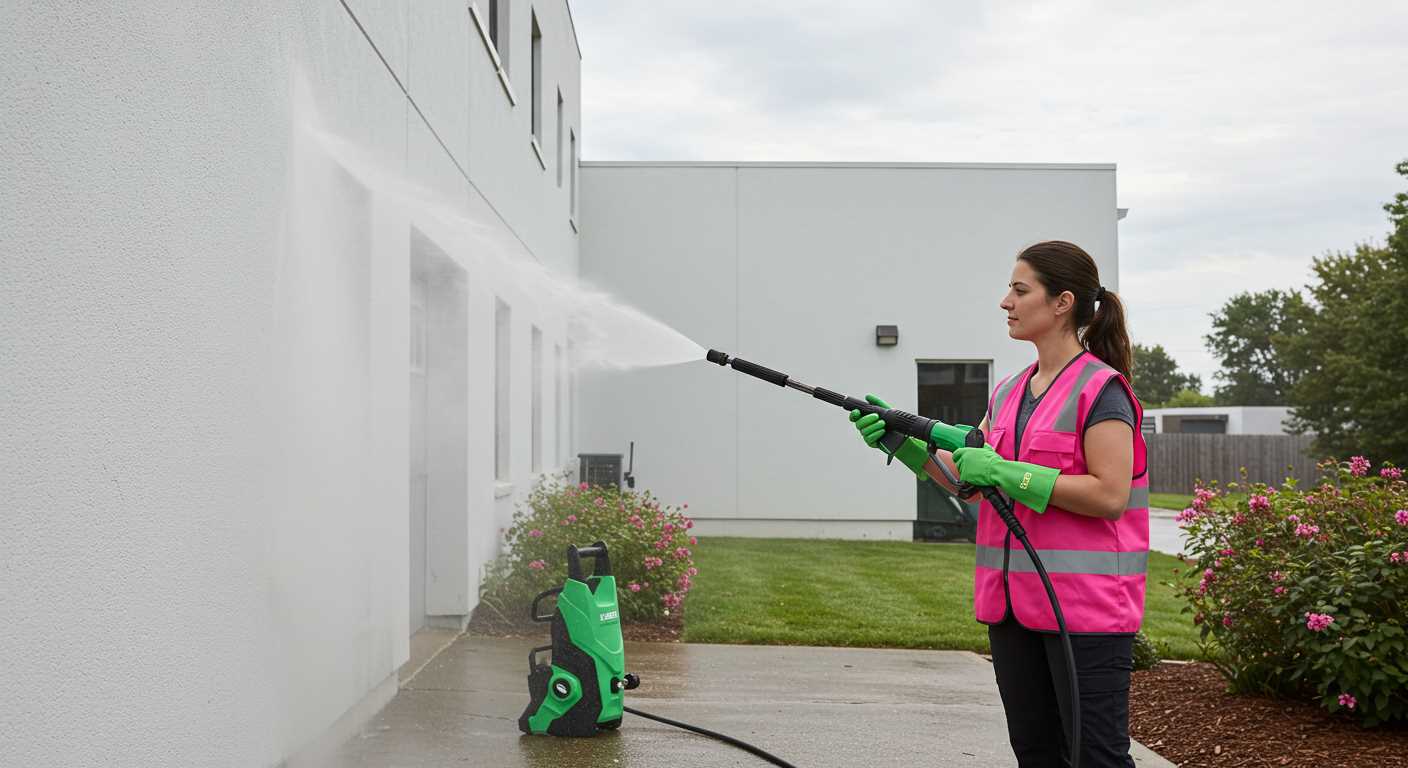
Begin with a bucket. A sturdy, large container is essential for mixing solutions and rinsing off debris. Use a soft bristle brush; it effectively removes mud and grime without scratching surfaces. A sponge or microfiber cloth is crucial for detailed wiping around sensitive areas.
Choose a non-corrosive soap, ideally formulated for off-road vehicles, as it effectively breaks down build-up without harming components. A degreaser can be helpful for stubborn oil stains, particularly around the engine and chain.
Invest in a durable hose with a spray nozzle. This allows for controlled rinsing and helps avoid damage to sensitive parts. A wheel brush can be particularly advantageous for reaching tight spaces in the rims and spokes.
Consider using a chain cleaner and lube specifically designed for motorcycle chains. This keeps the chain in optimal condition while preventing rust and wear. Finally, a leaf blower or a soft cloth will assist in drying, preventing water spots and corrosion.
Preparing Your Dirt Bike for Cleaning
Your first step involves switching off the engine and removing the key to ensure safety. Then, take a look at the surroundings to make sure no flammable materials are nearby, especially if you’re working in a garage.
Next, detach any accessories that may be in the way, such as mirrors, number plates, or lights. This will make the process smoother and help prevent damage. Pay attention to areas where dirt and grime tend to accumulate and don’t forget to check the undersides of fenders and frames.
It’s also wise to inspect the electrical components. Waterproof covers or bags can be useful in safeguarding vulnerable areas during this task. Ensure the air filter is in good condition, as a dirty one affects performance and can retain moisture, leading to further issues down the line.
Prior to grabbing your supplies, it’s a good idea to give the bike a thorough visual inspection. Look for any loose parts, such as bolts or screws, and tighten them as necessary to ensure everything is secure. This simplifies the entire maintenance routine.
Lastly, laying down some old towels or a mat beneath the vehicle can catch any drips or run-off, keeping your workspace tidy while you tackle this task. This attention to detail enhances both the process and the outcome.
Choosing the Appropriate Cleaning Technique
Start by identifying the level of grime on the machinery. For light dirt or dust, a simple wipe down with a damp cloth is often sufficient. For moderate build-up, consider using a bucket of soapy water and a soft-bristle brush. The soap should be biodegradable and designed for cleaning vehicles.
Setting Up Your Area
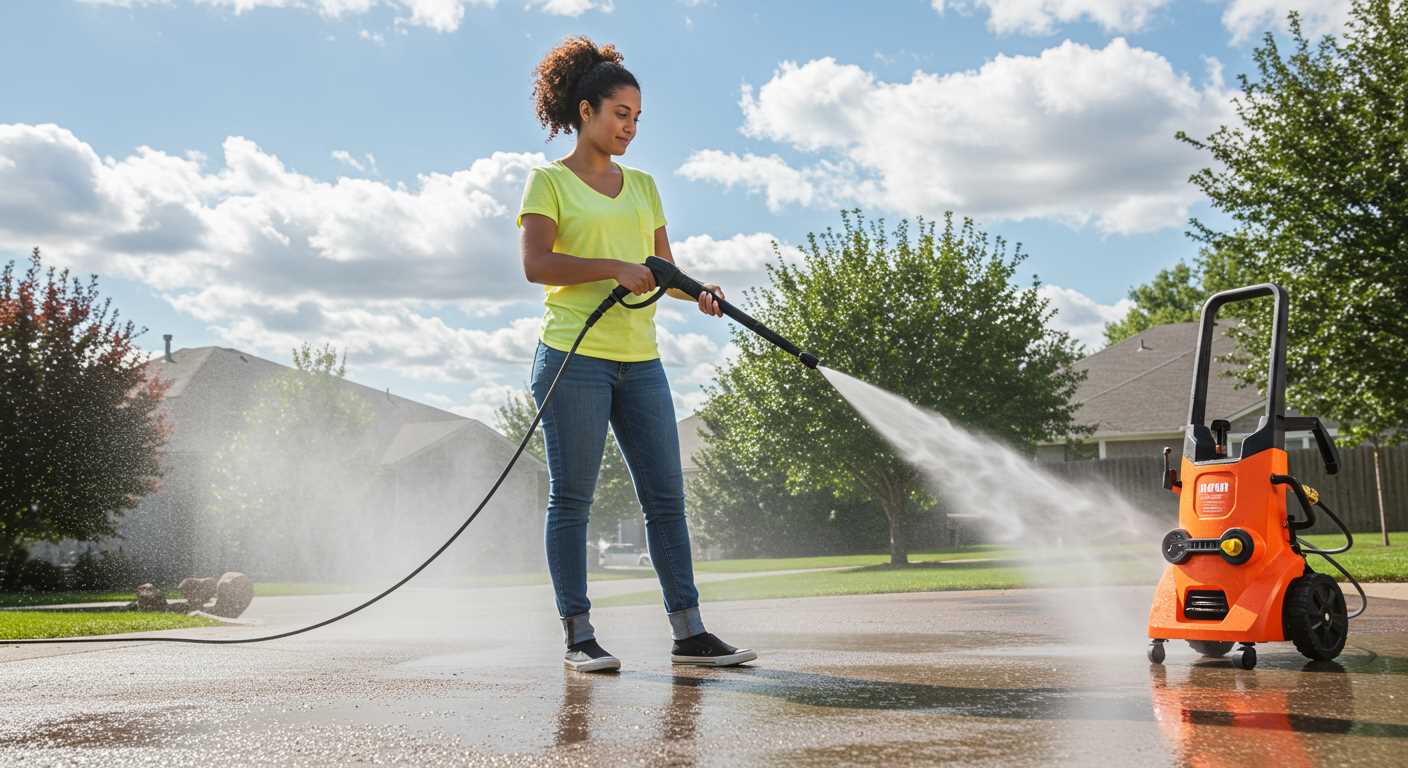
- Choose a shaded outdoor space to avoid sun-induced drying that can leave streaks.
- Lay down a drop cloth or old sheets to catch any runoff and protect the ground.
Step-by-Step Approach
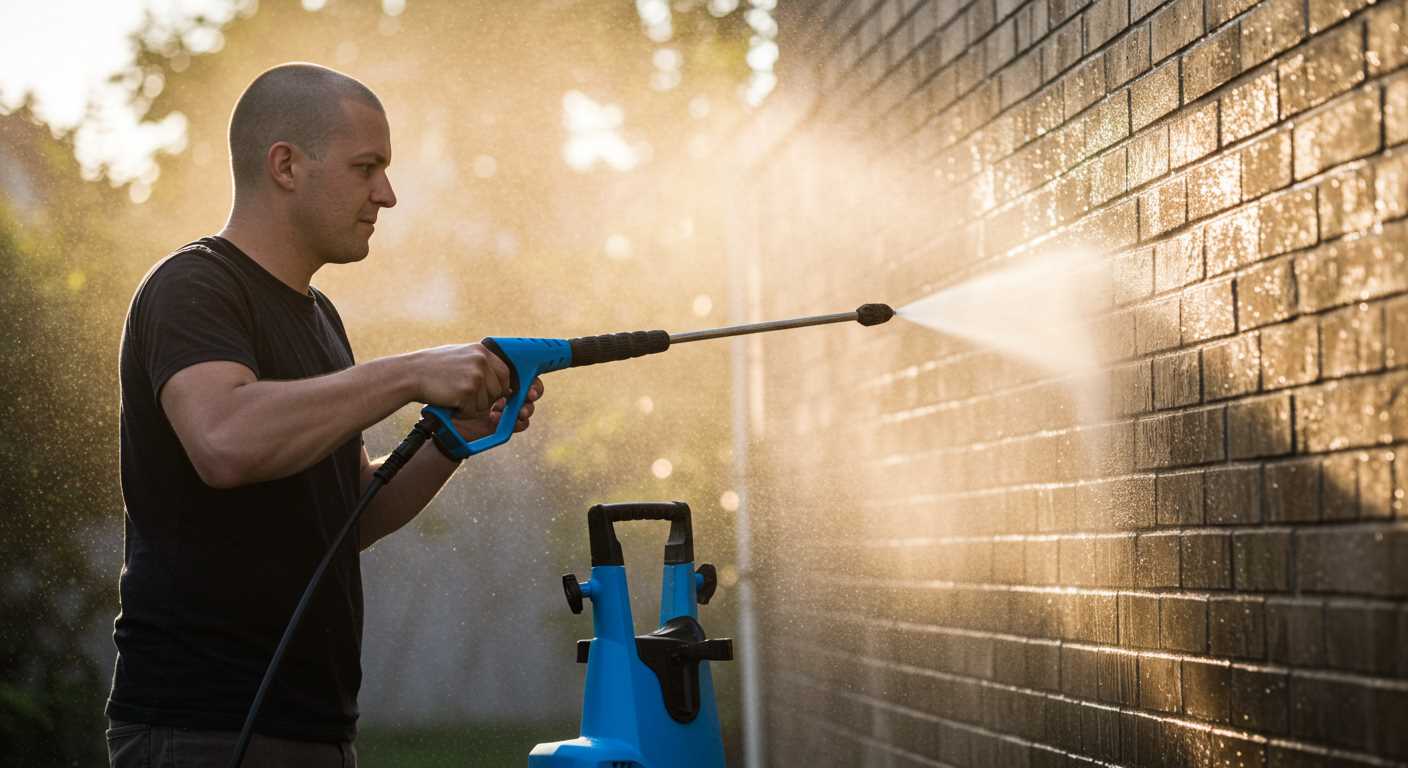
- Soak a soft cloth in warm, soapy water and tackle the easy-to-reach areas first.
- For stubborn spots, apply a mixture of water and a gentle degreaser, letting it sit for a few minutes.
- Utilise a toothbrush or similar tool for tight spaces, focusing on nooks and crannies.
- Rinse thoroughly with clean water using a spray bottle or a garden hose on a gentle setting.
- Dry with a microfibre towel to prevent water spots.
This method allows for a thorough cleaning without the need for high-pressure equipment, preserving the integrity of sensitive components.
Frame and Engine Components Maintenance
Begin with a soft brush to remove loose dirt and debris, particularly from hard-to-reach areas. A stiff-bristled brush can help dislodge stubborn grime on the frame and engine parts. Focus on areas around the engine, suspension links, and frame welds, as these spots often accumulate significant buildup.
Using the Right Solution
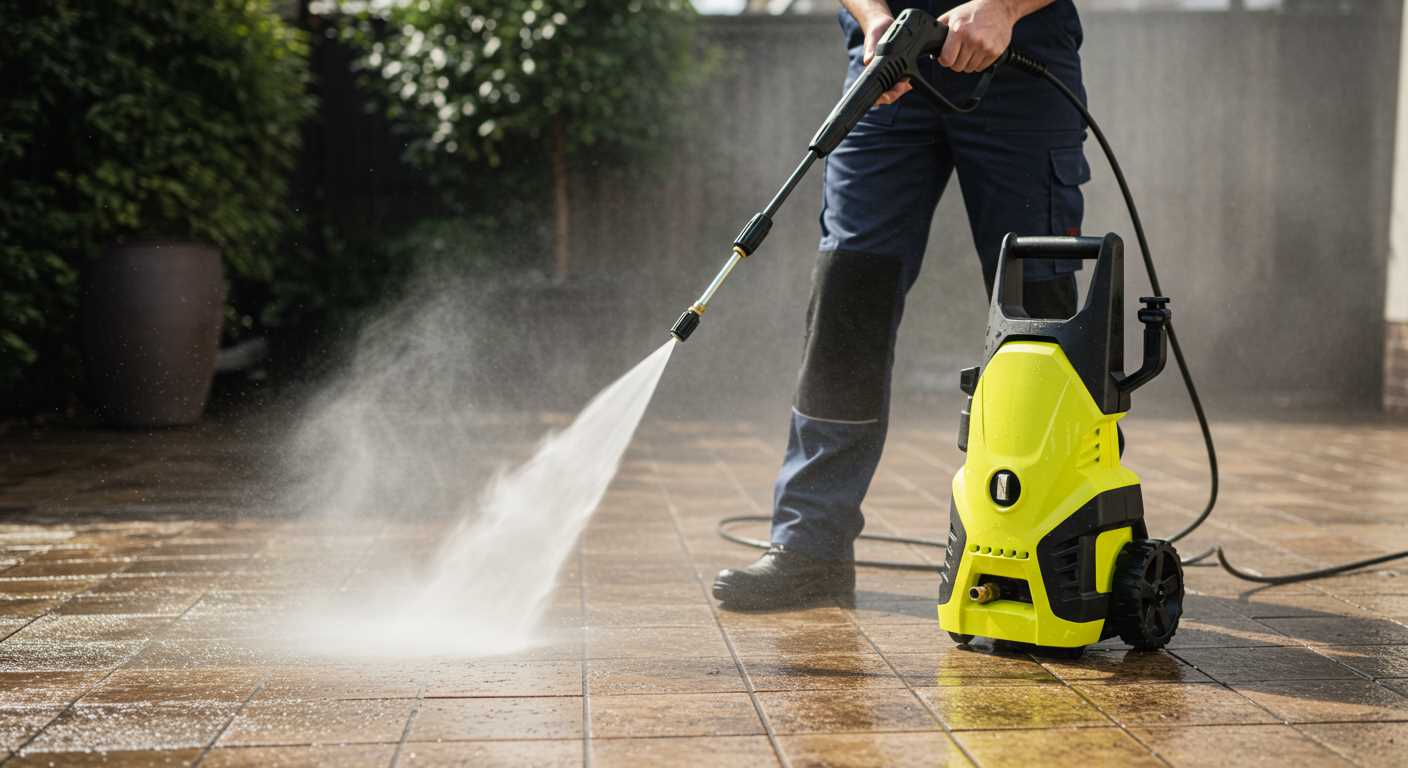
Mix a biodegradable detergent with water in a bucket. A solution designed for motors is preferable, as it effectively targets oil and grease without damaging surfaces. Apply the mixture using a sponge or a cloth, working section by section. For grease-affected spots, let it sit for a few minutes to break down the adhesive properties before scrubbing again.
Final Rinse and Drying
Use a hose with a gentle flow to rinse the components thoroughly. Avoid directing the water stream at high pressure to prevent water ingress into sensitive areas. After rinsing, dry the frame and engine with a clean towel to eliminate moisture that can lead to rust or corrosion. A thorough drying process also allows you to inspect for any damage or wear that may need attention.
Additionally, consider applying a light coat of silicone spray or wax for added protection. This will help repel dirt and moisture, making future clean-ups easier and prolonging the lifespan of your machine.
Maintaining the Chain and Sprockets
Focus on lubrication and inspection regularly. Opt for a high-quality chain lube that penetrates and protects. Apply it after riding, ensuring the drivetrain is free from debris that can cause wear.
Use a soft brush to remove dirt and grime lodged in the links and sprockets. This step prevents premature wear and maintains performance. Check for any signs of rust or damage during cleaning; replacing a worn chain or sprocket set promptly can save from more costly repairs.
Adjust chain tension according to manufacturer specifications. A loose chain can derail, while a tight one can stress the mechanical components. Regularly inspect the alignment of the sprockets; misalignment can contribute to uneven wear.
Consider using a chain cleaner to remove heavy grime buildup. These products can drastically ease the cleaning process. After cleaning, thoroughly dry the chain to prevent rust formation before lubricating it again.
Lastly, keep an eye on wear indicators on the sprockets. Replace them if you notice significant tooth wear or damage, ensuring optimal gear engagement and performance.
Drying and Protecting Your Off-Road Motorcycle After Care
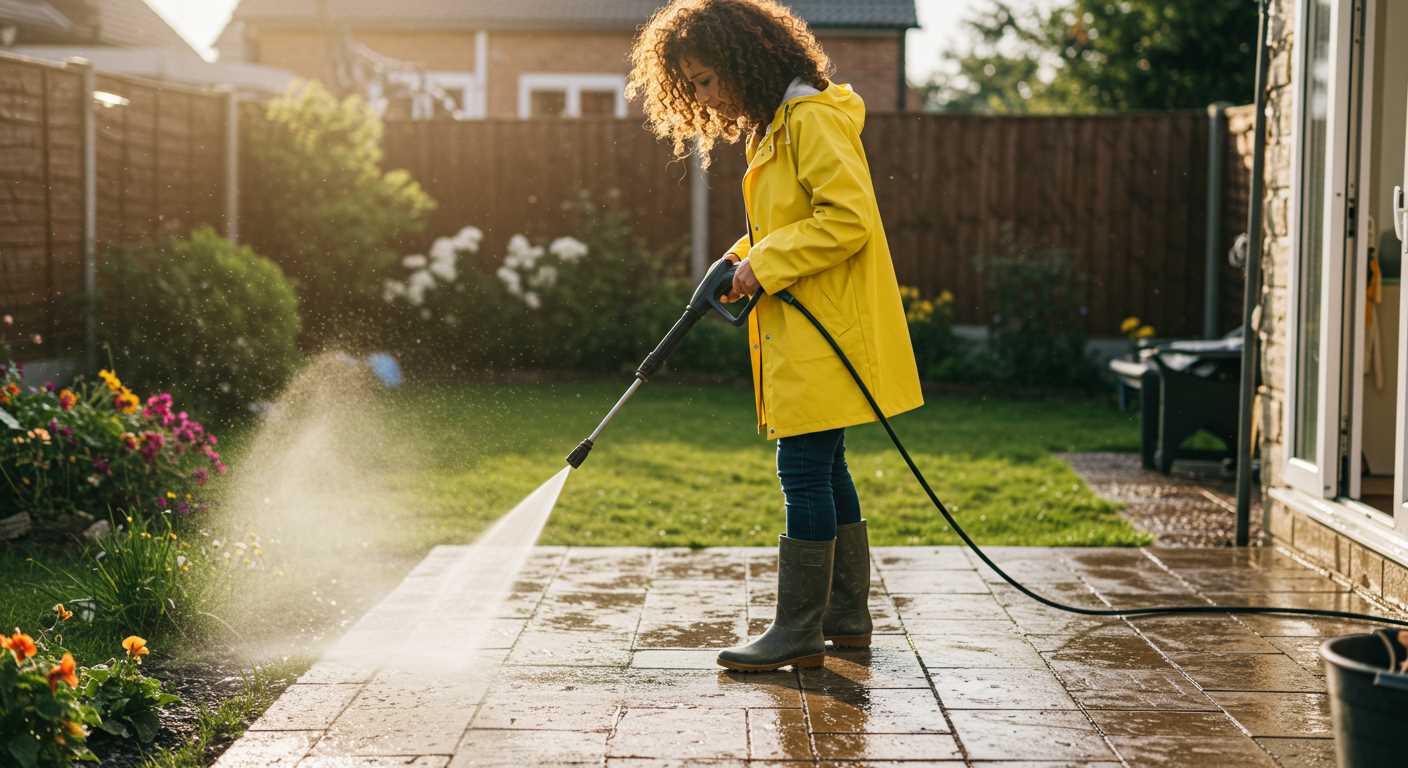
After removing the grime, drying the vehicle is crucial. Use a clean, absorbent microfiber towel to wipe down surfaces, ensuring that all areas are addressed, including hard-to-reach spots. Pay special attention to electrical components to prevent moisture accumulation that could cause damage.
For areas that are difficult to reach, consider using an air compressor. Blow out excess water from crevices and components like the air filter and around the engine. This is especially beneficial for steel components that are prone to rust. Allow the motorcycle to air dry for at least 30 minutes before moving to the next step.
Once the moisture is eliminated, proceed to apply a protective coating. For metal surfaces, a quality wax or polish specifically designed for motorcycles can create a barrier against the elements. Use a soft cloth to apply it evenly across painted and metal surfaces.
For plastic parts, a dedicated plastic restorer can help restore the factory finish and protect against UV damage. It’s important to follow the manufacturer’s recommendations for application to achieve best results.
Lastly, ensure the chain receives adequate lubrication to prevent rust and ensure smooth operation. After the entire procedure, inspect all components for any signs of wear or damage that may need attention before the next ride.
| Item | Purpose |
|---|---|
| Microfiber Towels | Absorb water without scratching surfaces |
| Air Compressor | Blow out water from inaccessible areas |
| Motorcycle Wax | Protect metal surfaces from corrosion |
| Plastic Restorer | Revive and protect plastic components |
| Chain Lubricant | Prevent rust and ensure smooth operation |








